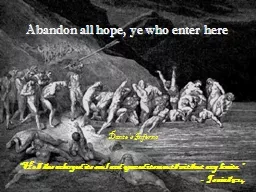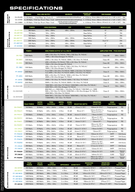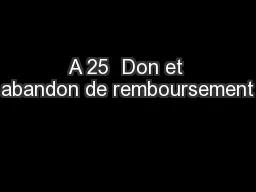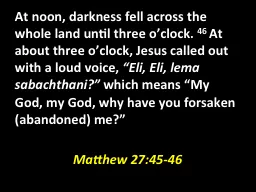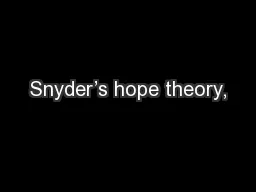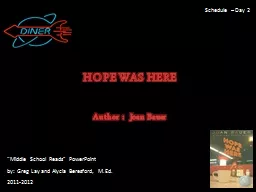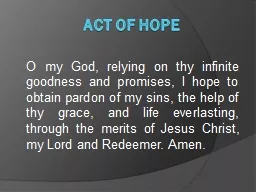PPT-Abandon all hope, ye who enter here
Author : aaron | Published Date : 2017-05-07
Hell has enlarged its soul and opened its mouth without any limits Isaiah 514 Dantes Inferno Author Biography Dante Alighieri Son of a nobleman Born May1265 in
Presentation Embed Code
Download Presentation
Download Presentation The PPT/PDF document "Abandon all hope, ye who enter here" is the property of its rightful owner. Permission is granted to download and print the materials on this website for personal, non-commercial use only, and to display it on your personal computer provided you do not modify the materials and that you retain all copyright notices contained in the materials. By downloading content from our website, you accept the terms of this agreement.
Abandon all hope, ye who enter here: Transcript
Download Rules Of Document
"Abandon all hope, ye who enter here"The content belongs to its owner. You may download and print it for personal use, without modification, and keep all copyright notices. By downloading, you agree to these terms.
Related Documents

